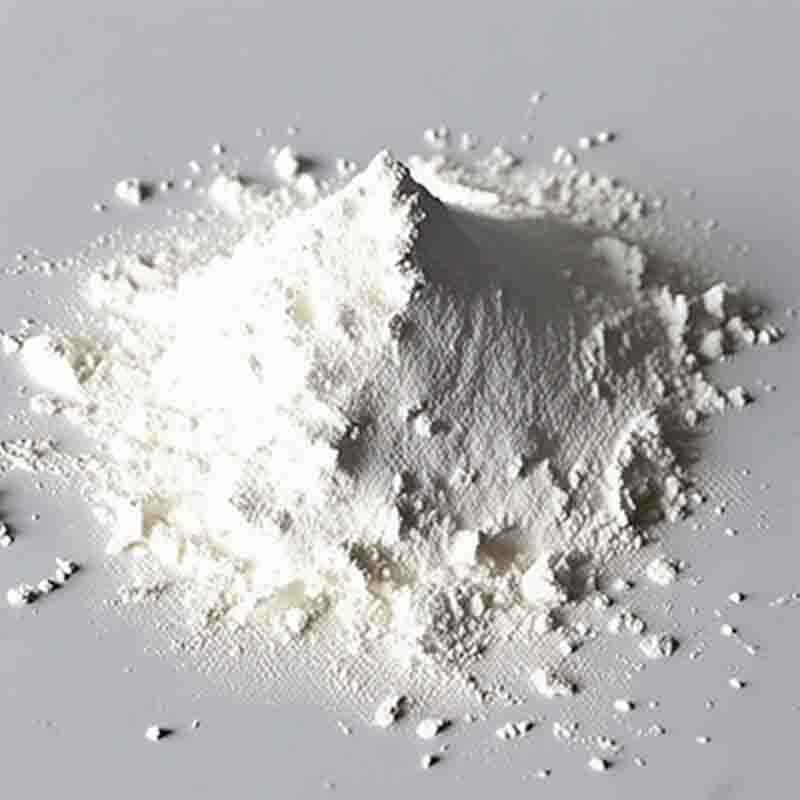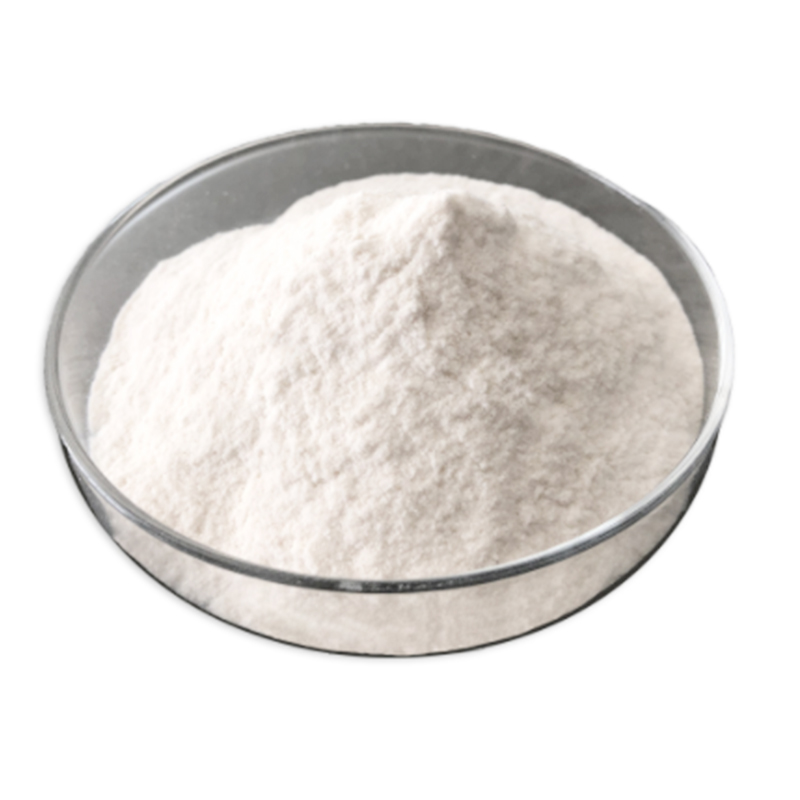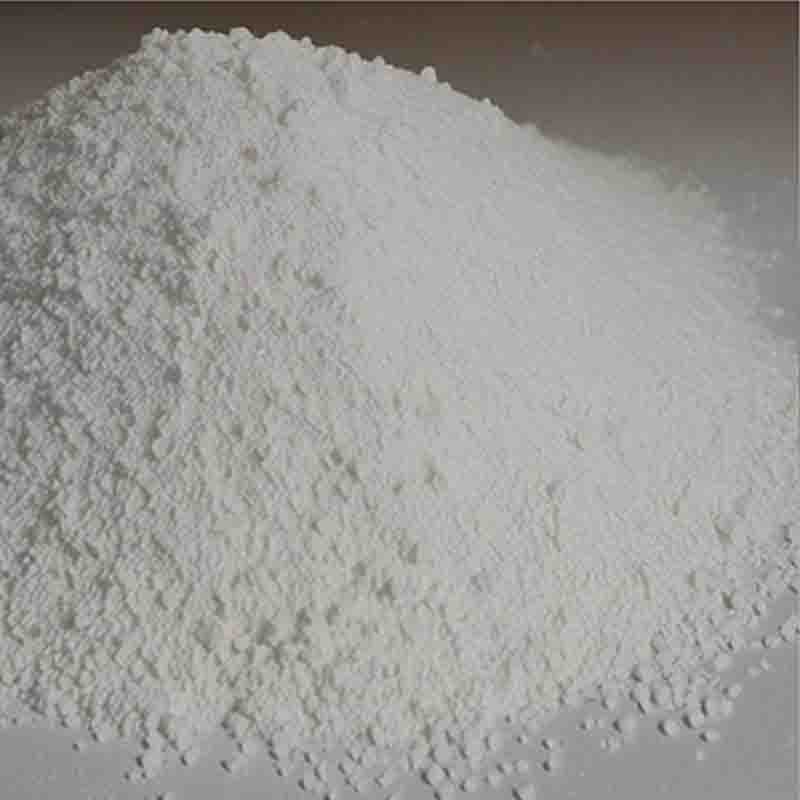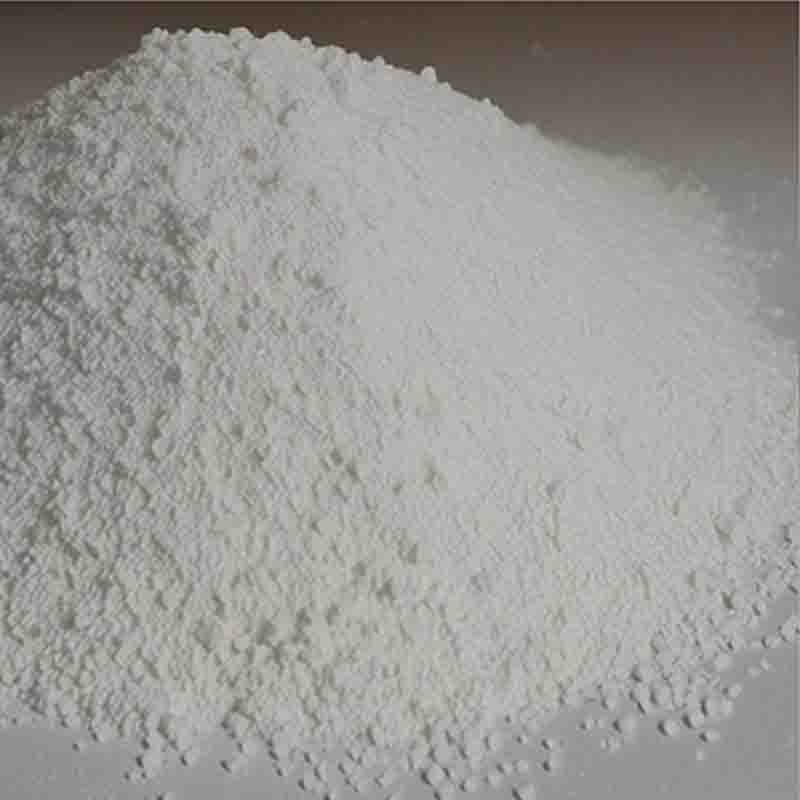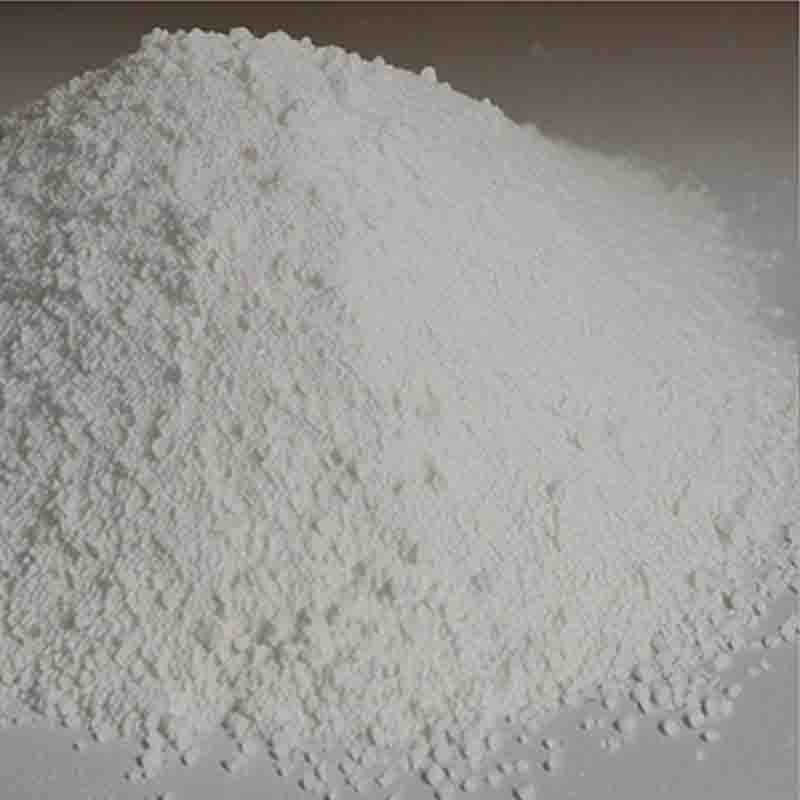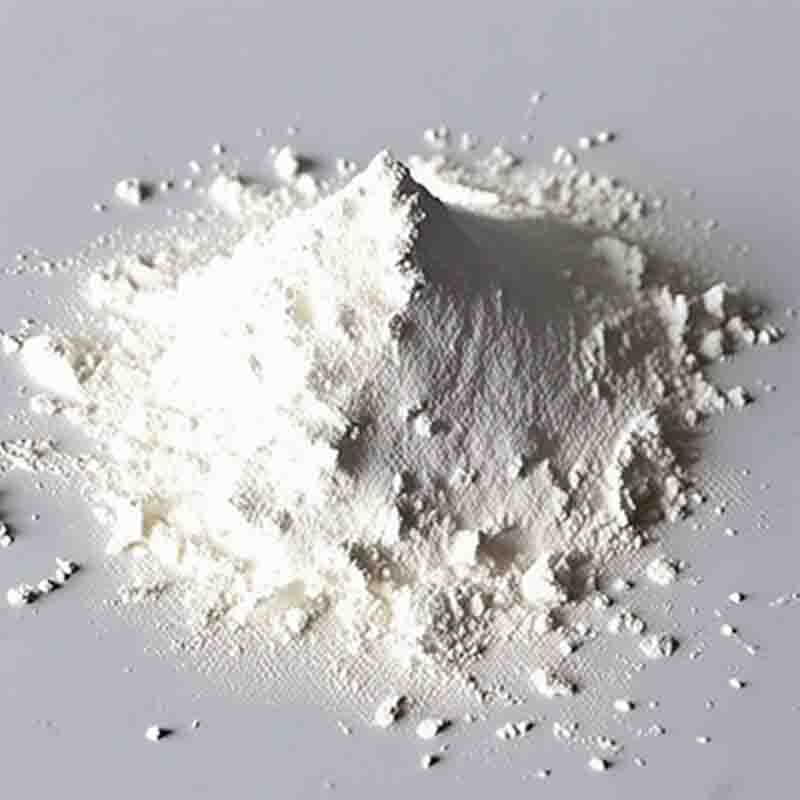N-Benzyloxycarbonyl-L-valine CAS:1149-26-4
| Catalog Number | XD95293 |
| Product Name | N-Benzyloxycarbonyl-L-valine |
| CAS | 1149-26-4 |
| Molecular Formula | C13H17NO4 |
| Molecular Weight | 251.28 |
| Storage Details | Ambient |
Product Specification
| Appearance | White powder |
| Assay | 99% min |
N-Benzyloxycarbonyl-L-valine, also known as Z-L-valine, is an amino acid derivative with a benzyl group attached to the nitrogen atom and a carbonyl group protecting the carboxylic acid. This compound has been widely used in the field of peptide synthesis and serves as a protecting group for the amino acid valine.The primary function of N-Benzyloxycarbonyl-L-valine is to protect the amino group of valine during chemical reactions, preventing unwanted side reactions. This protecting group can be easily removed under specific conditions to restore the original functionality of valine. By selectively modifying the chemical reactivity of valine, Z-L-valine allows for precise control in the synthesis of peptides and proteins.N-Benzyloxycarbonyl-L-valine plays a crucial role in peptide chemistry, as it helps facilitate the formation of peptide bonds. During peptide synthesis, Z-L-valine can be incorporated into a growing peptide chain as a protected amino acid. This protecting group strategy allows for the stepwise assembly of complex peptide sequences with high efficiency and fidelity.Moreover, N-Benzyloxycarbonyl-L-valine can also affect the properties and behavior of peptides. The presence of the bulky benzyl group can influence peptide conformation and stability. It can enhance the rigidity of the peptide backbone, affecting its secondary structure and folding. Additionally, the presence of the carbonyl group in the protecting group might have subtle effects on peptide interactions, such as hydrogen bonding.In the field of drug discovery, N-Benzyloxycarbonyl-L-valine has been used to synthesize various peptide-based therapeutics. Peptides derived from Z-L-valine protected amino acids have shown potential in multiple areas, including antimicrobial, anticancer, and neuroprotective activities. The ability to control peptide synthesis using Z-L-valine allows for the design and production of peptides with specific biological functions.In summary, N-Benzyloxycarbonyl-L-valine (Z-L-valine) is a valuable tool in peptide synthesis. It serves as a protecting group for valine, allowing for the precise assembly of peptide sequences. Furthermore, the presence of the protecting group can influence the properties and behavior of peptides, potentially impacting their stability and interactions. With its applications in both basic research and drug discovery, N-Benzyloxycarbonyl-L-valine has significant effects in the field of peptide chemistry.


